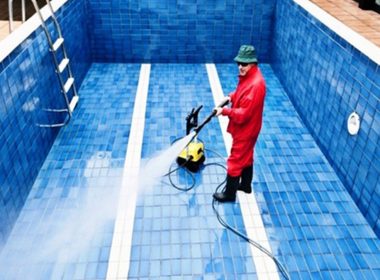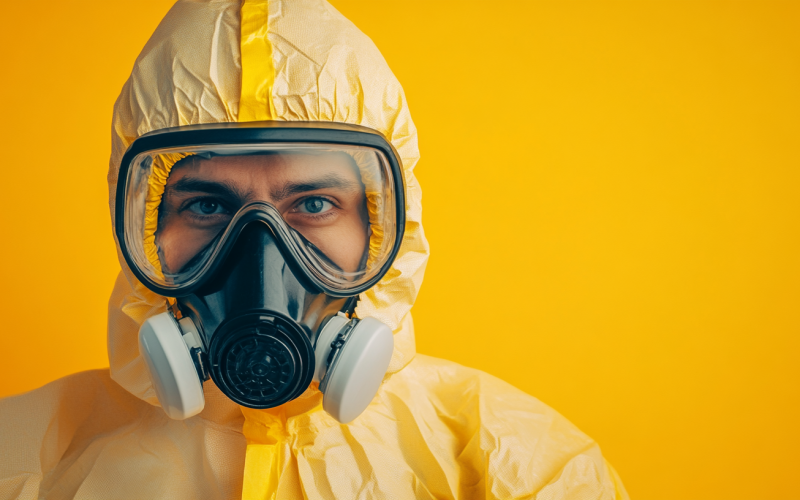Whether you are running a restaurant, an office building, a warehouse, or a retail store, pest control management is crucial. Pests can cause significant damage to property, lead to costly repairs, and pose health risks to employees and customers.
A well-planned and regularly executed pest inspection schedule is essential to maintain a safe and healthy environment.
Here’s how to create an effective pest inspection schedule tailored to manage pest problems in commercial spaces.
1. Understanding the Importance of Regular Pest Inspections
Having regular pest inspections in your commercial space is not just for compliance with regulatory requirements, but it is also about maintaining the good reputation of your business.
Pests like rodents, insects, and birds can compromise the structural integrity of buildings, contaminate products, and even lead to legal liabilities.
For example, one rat seen running through a restaurant could lead to a public relations disaster and potential closure. By identifying and addressing pest issues early, you can prevent these problems from escalating, saving your business time, money, and it’s good name.
2. Assessing the Specific Needs of Your Commercial Space

Every commercial space is different, and so are its pest control needs. The first step in creating an effective pest inspection schedule is to assess the specific risks associated with your business.
Different industries have different pest-related risks. For example, businesses that are centered around food are particularly vulnerable to rodents and cockroaches, while offices may be more prone to infestations of ants or spiders.
The geographic location of your commercial space can also have an influence on the types of pests you’re likely to encounter. Urban areas may have issues with rats and pigeons, while rural settings might deal more with insects and larger wildlife.
The age, design, and materials of your building are also things you need to take into account, as they create different risks for buildings. Older buildings with cracks, crevices, and outdated waste disposal systems are more susceptible to infestations.
By understanding these factors, you can tailor your inspection schedule to address the most relevant pest threats to your business.
3. Setting a Frequency for Inspections
The frequency of pest inspections should be determined based on the level of risk identified during the assessment. There are three levels of risk that your business should be classified into in order to decide on the frequency with which inspections need to be conducted.
Businesses such as food processing plants, restaurants, and warehouses with large amounts of stock will be at high risk for pests, and monthly inspections are recommended. These frequent checks allow for early detection and rapid response to any signs of infestation.
Offices, retail spaces, and other environments will have more moderate risk and may require inspections every two to three months. This frequency strikes a balance between vigilance and practicality, ensuring that potential issues are caught before they become severe.
For spaces with minimal pest risks, such as administrative offices without a history of pest problems, quarterly or even biannual inspections may suffice.
It’s important to remember that these guidelines should be adjusted based on any changes in the environment, such as new construction nearby or changes in weather patterns, which could affect pest activity.
4. Creating a Comprehensive Inspection Checklist

To ensure that your pest inspection is thorough and complete, it is best to ensure that you have a checklist in place. This checklist should be tailored to the specific needs of your commercial space and include the following:
Outside Areas: Check for cracks, gaps, and other entry points in the building’s exterior, including doors, windows, vents, and utility openings. Inspect landscaping, garbage disposal areas, and standing water sources that could attract pests.
Interior Areas: Inspect all rooms, paying close attention to areas where pests are likely to hide or breed, such as kitchens, storage rooms, basements, and attics. Look for signs of pest activity, including droppings, nests, gnaw marks, and unusual odors.
Food and Water Sources: Ensure that food is stored properly, and water sources are secured to minimize pest attraction. Check for leaks in plumbing, which can create ideal conditions for pests.
Sanitation Practices: Evaluate the cleanliness of your space, focusing on areas where food waste or clutter could provide a breeding ground for pests.
This checklist should be reviewed and updated on a regular basis to address any new pest threats or changes in your business operations.
5. Engaging Professional Pest Control Services
While internal inspections are important, partnering with a professional pest control service is often necessary to ensure comprehensive pest management.
These experts can provide more detailed inspections, identify hard-to-spot problems, and apply treatments that are effective and safe for your commercial environment.
Professional services can also help you stay compliant with local regulations and provide documentation of pest control efforts, which is particularly important in industries subject to strict health and safety standards.
6. Implementing Continuous Monitoring and Documentation
Pest control is not something that you can do once off, it is something you need to do on an ongoing basis. Continuous monitoring between scheduled inspections is essential to catch any issues that arise unexpectedly. Tools like insect traps, rodent stations, and digital monitoring systems can provide real-time data on pest activity, allowing for quick intervention.
Additionally, maintaining detailed records of all inspections, treatments, and pest sightings is crucial. This documentation helps track the effectiveness of your pest control efforts and provides valuable insights for future inspections.











